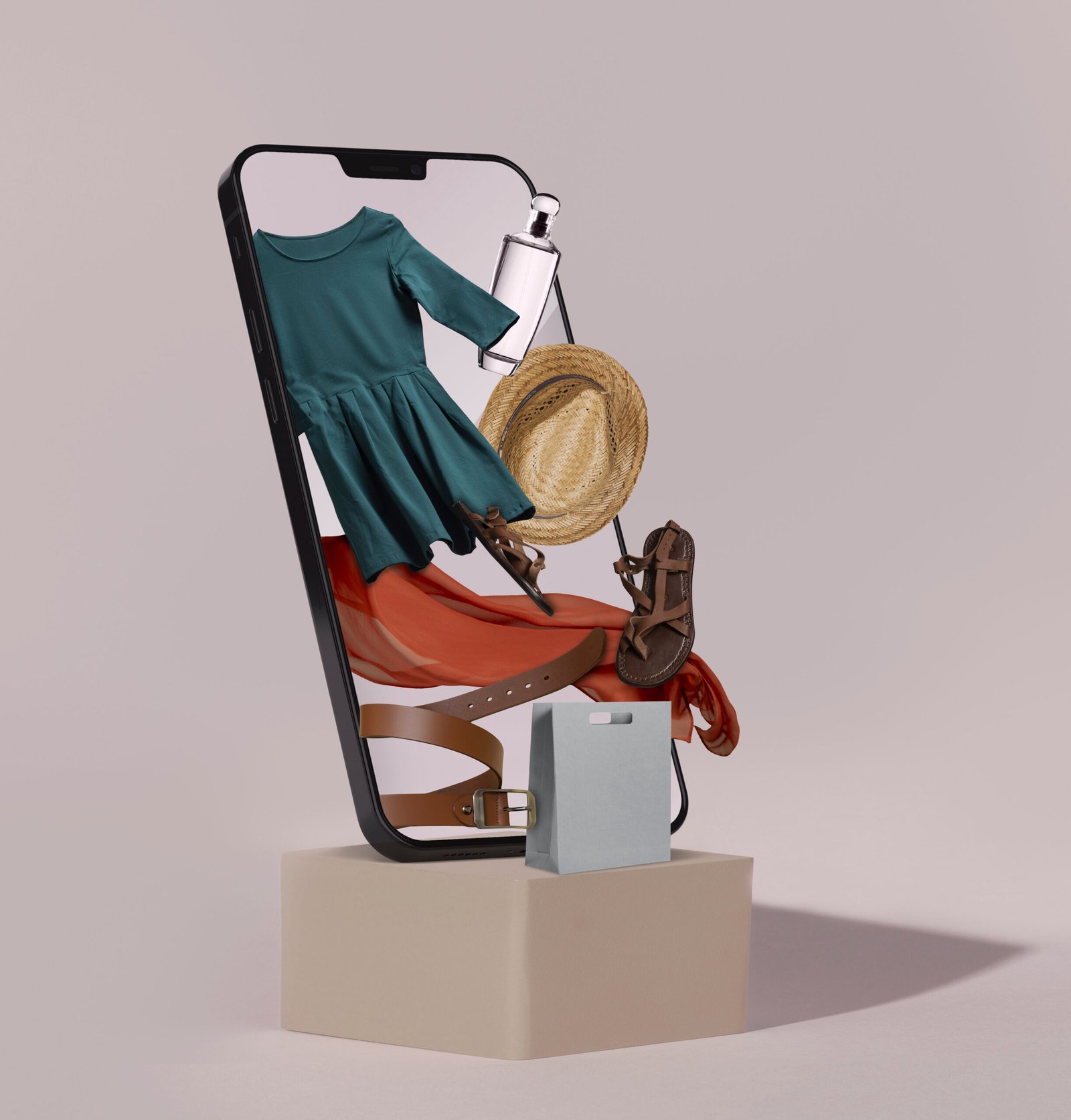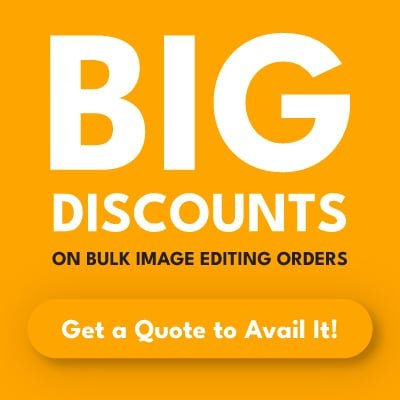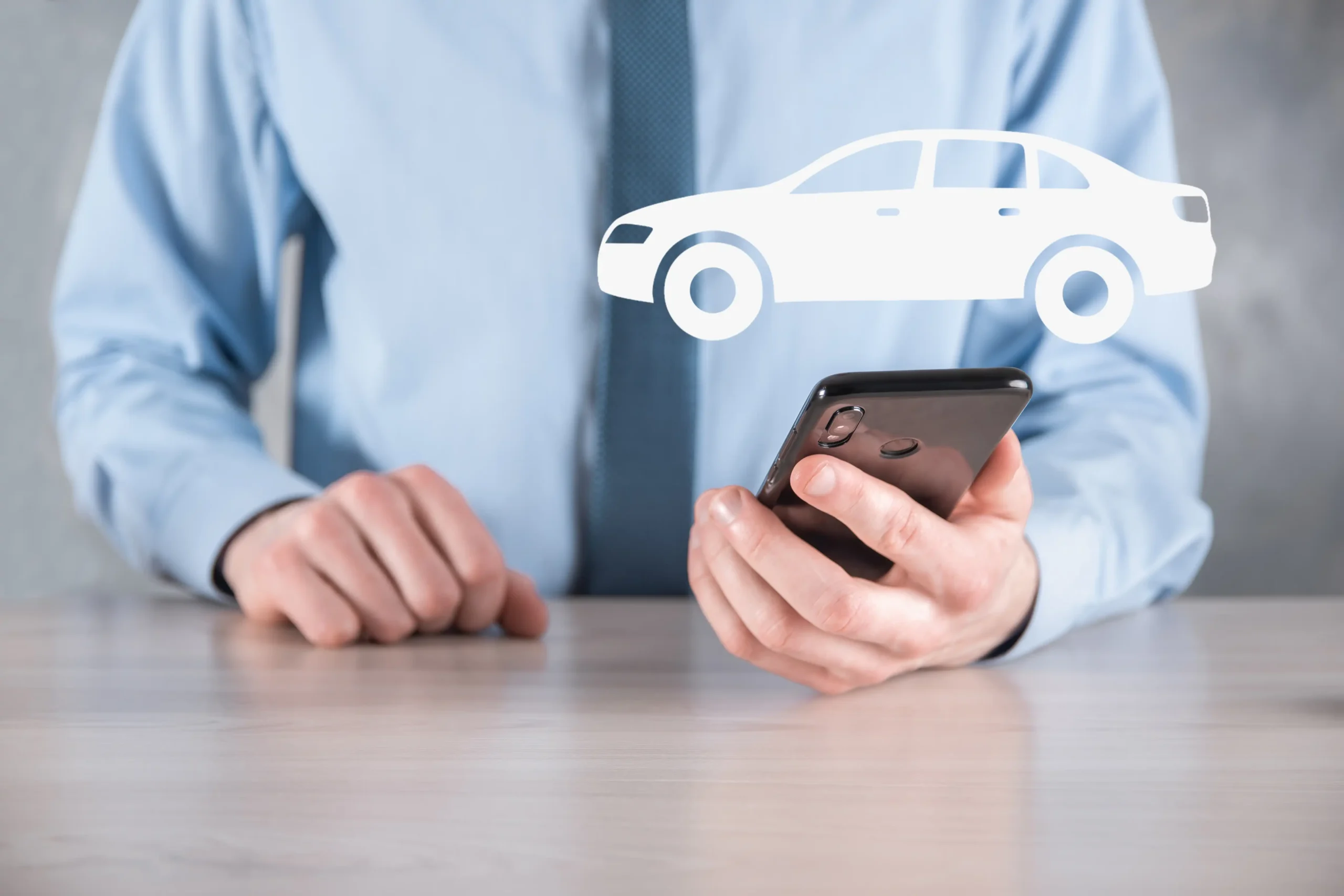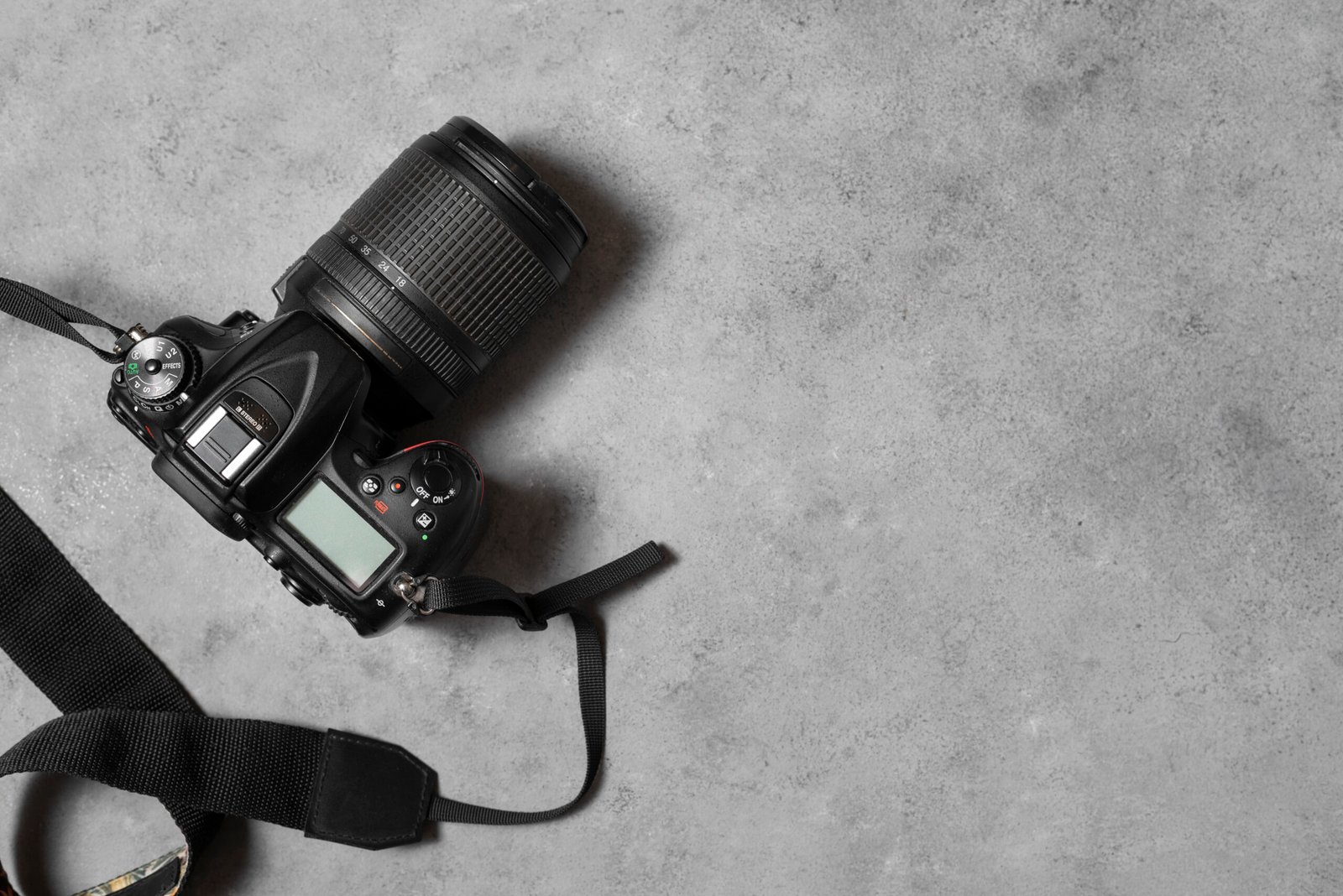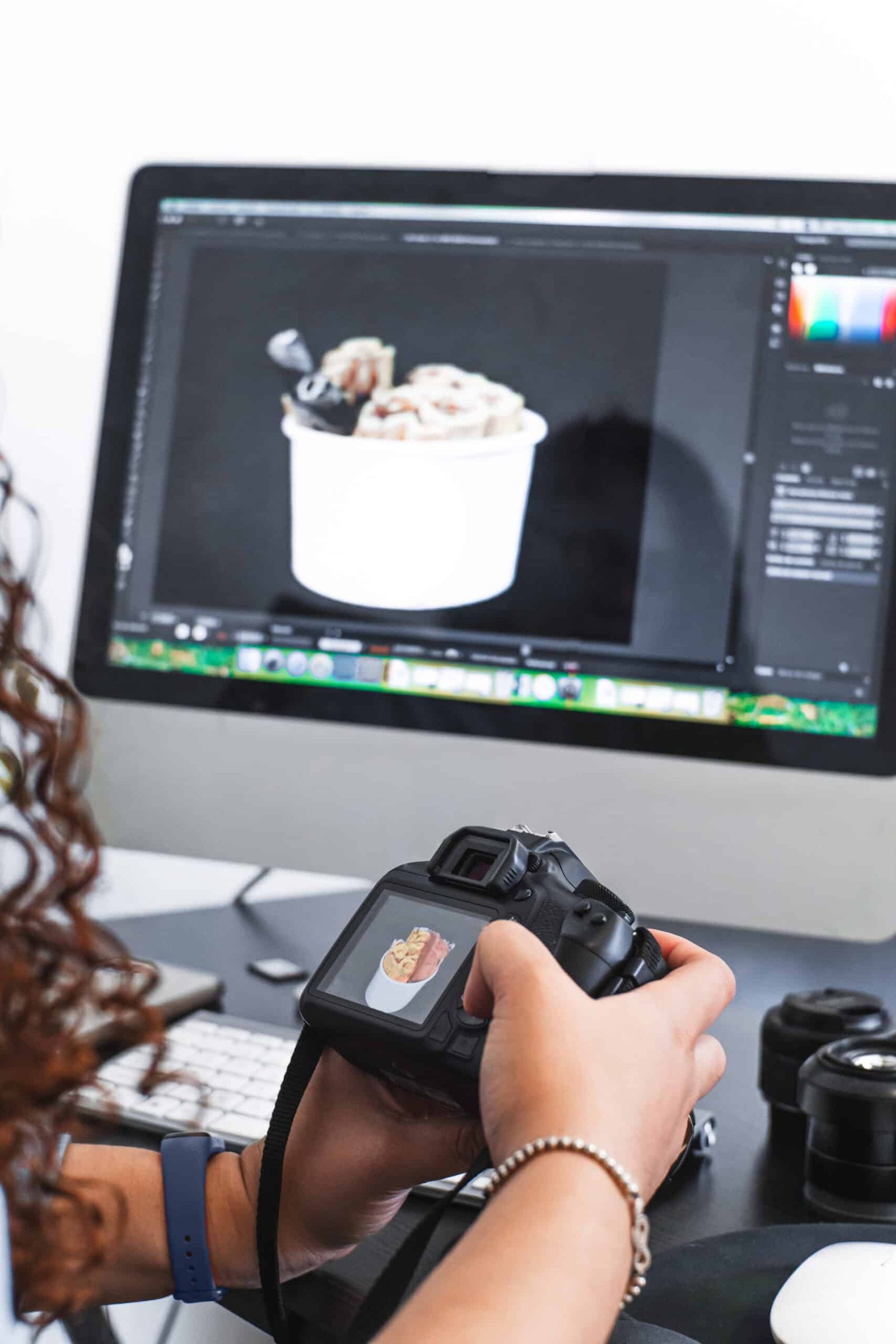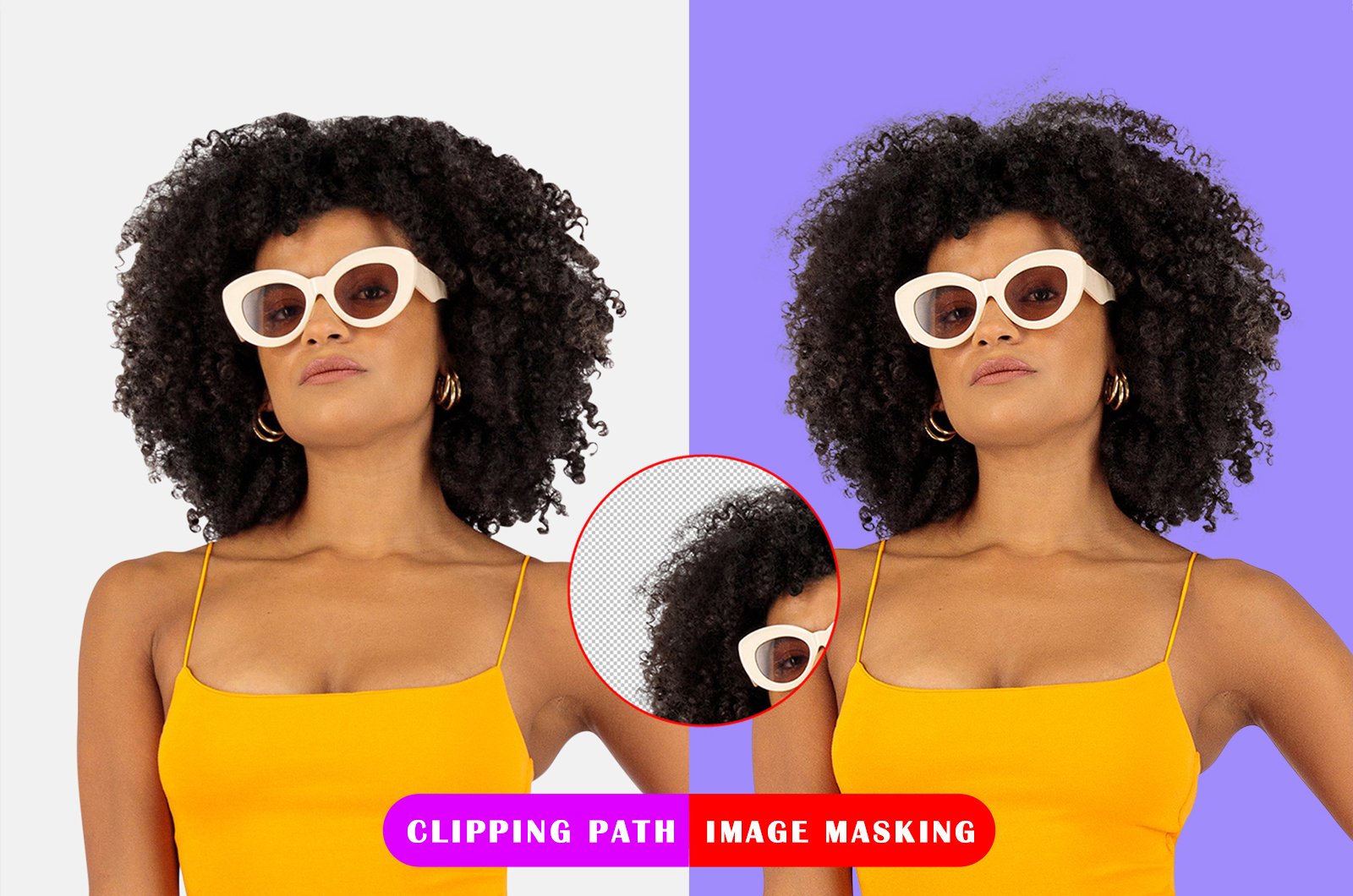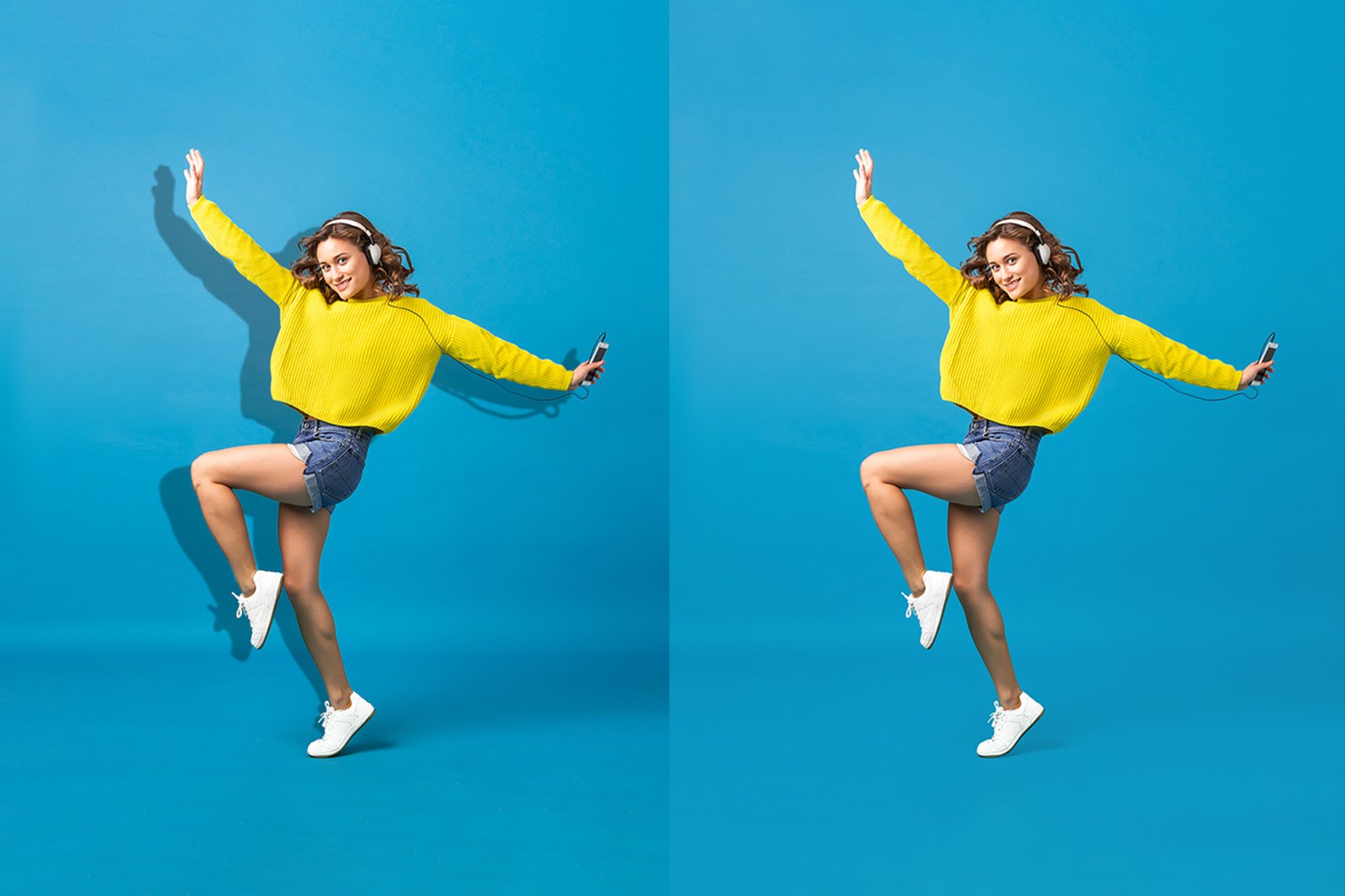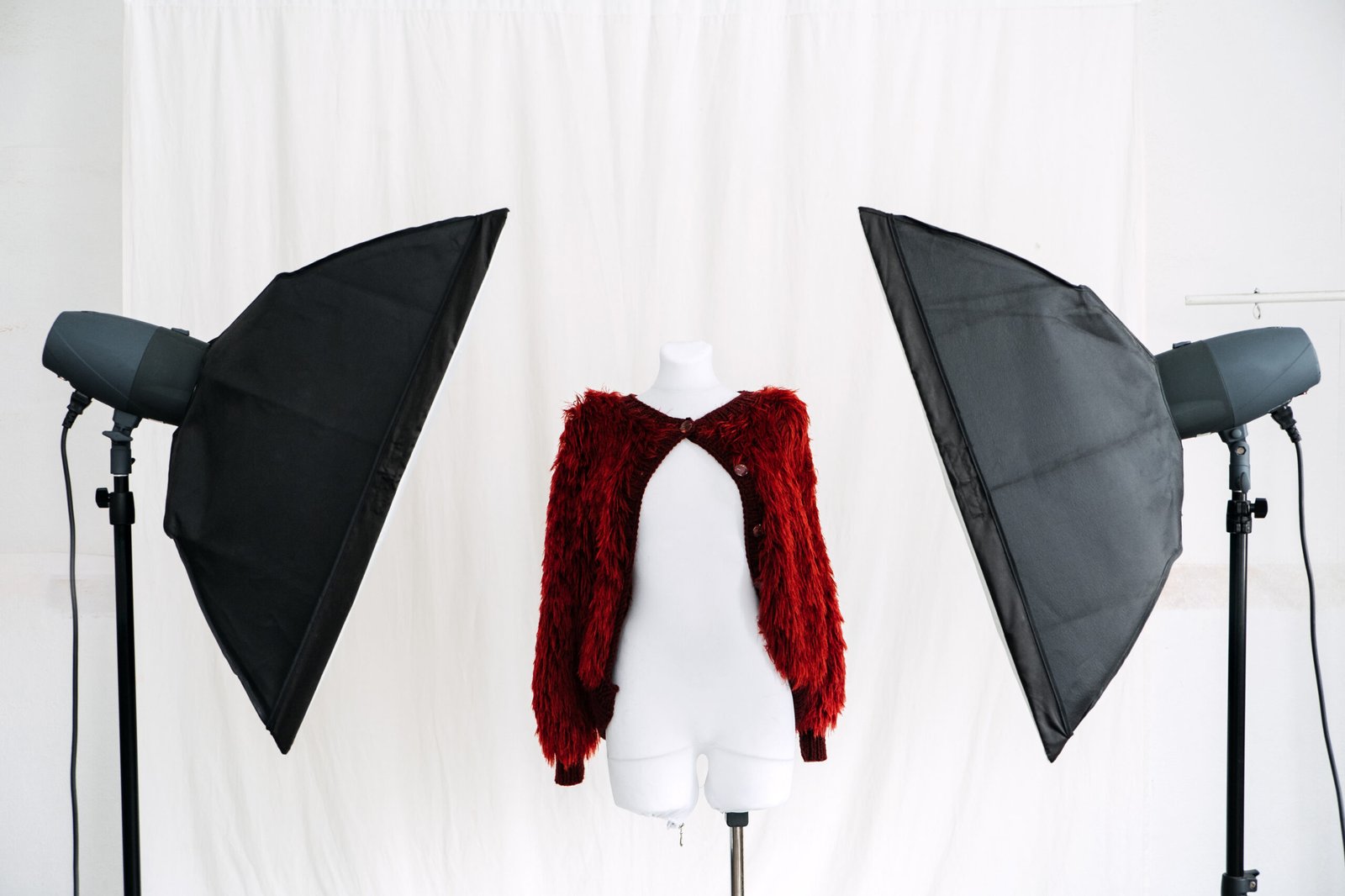Why Your Product Photos Feel “Flat” (And How to Fix It in 30 Seconds)
You’ve invested in high-quality product photography. Your lighting is perfect. Your angles are on point. But something’s missing—your images still look unnaturally flat, like they’re pasted onto the screen.
The secret weapon top brands use? Drop shadows.
And it’s not just about aesthetics—shadows manipulate buyer psychology in powerful ways. In fact, a Baymard Institute study found that optimized product images (including strategic shadows) can increase conversions by up to 27%.
Ready to unlock this conversion powerhouse? Let’s dive in.
What Is a Drop Shadow? (And Why Your Brain Loves It)
A drop shadow is a soft, offset shadow placed behind a product to simulate depth. It tricks the brain into seeing the object as 3D and tangible—critical for online shopping where customers can’t touch products.
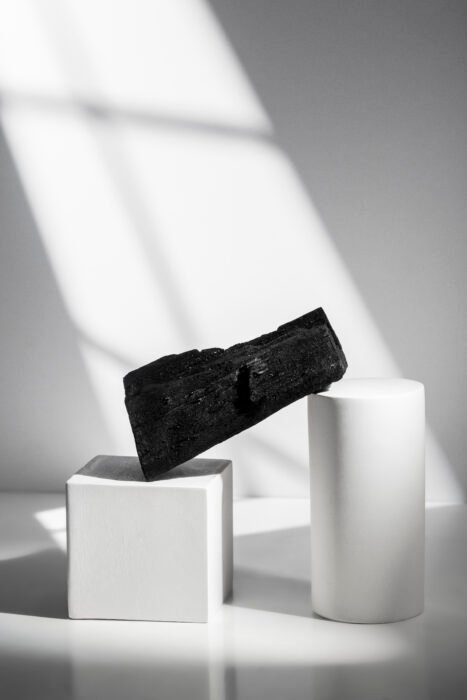
Real-World Example:
✅ With Shadow: A bag appears to “float” naturally above the background, making it feel real and desirable.
❌ Without Shadow: The same bag looks like a 2D cutout, triggering subconscious skepticism.
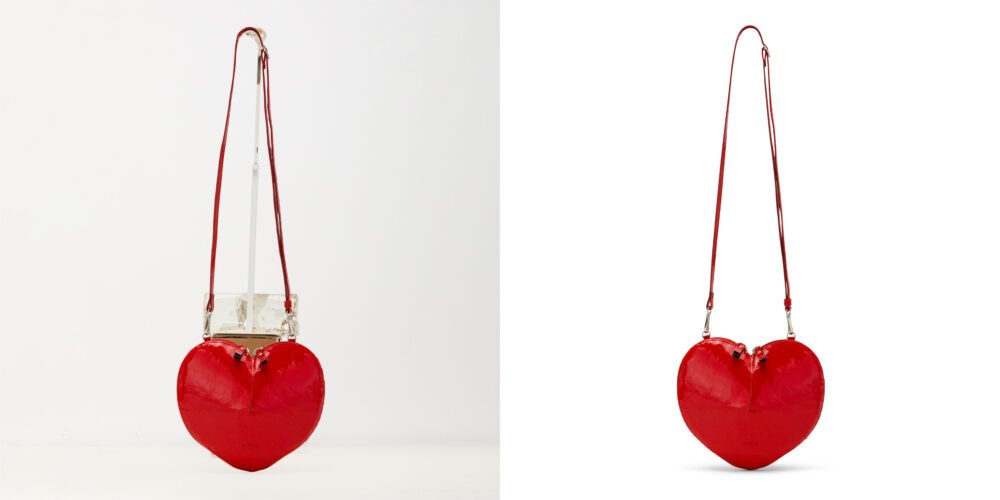
The Brain Science: 3 Ways Shadows Manipulate Buyers
1. The “Tangibility” Effect
How it works:
- Our brains use shadows to judge distance and texture in real life.
- No shadow = “This looks fake.”
- Subtle shadow = “This feels real—I can almost touch it.”
Pro Tip: For luxury items (watches, jewelry), use softer, wider shadows to imply elegance. For tech gadgets, try crisper shadows to emphasize precision.
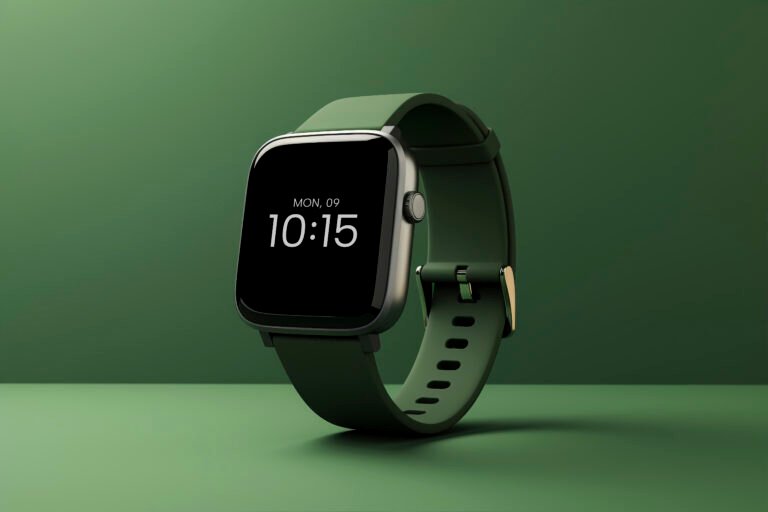
2. The “Spotlight” Trick
Shadows direct attention like a stage spotlight:
- A shadow beneath a coffee mug draws eyes to its handcrafted details.
- A shadow behind a book makes the cover pop against the background.
👉 Try This: Apply a slightly darker shadow under your product’s hero feature (e.g., a camera lens or dress neckline).
3. The Trust Trigger
Consistent, professional shadows signal:
✔ “This brand pays attention to details.”
✔ “These photos are high-quality—so the product must be too.”
Data Point: A Nielsen study found that 75% of shoppers judge credibility based on image quality alone.
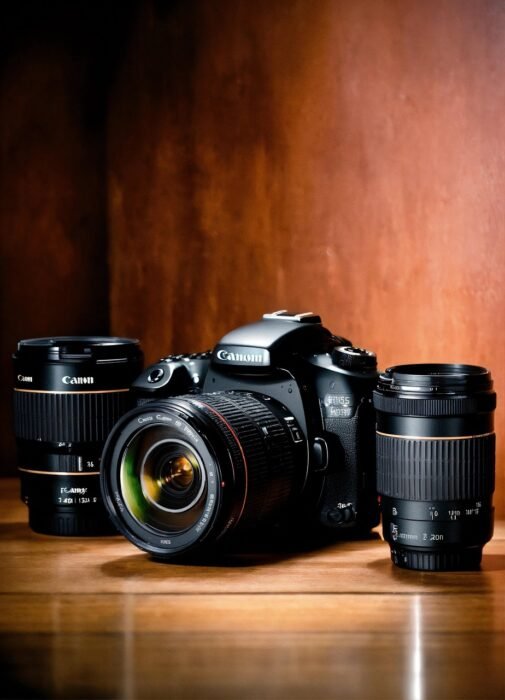
How Shadows DIRECTLY Increase Sales (3 Case Studies)
Case 1: The Watch That Sold Out
- Problem: A luxury watch brand had a 12% bounce rate on product pages.
- Solution: Added custom drop shadows mimicking natural light.
- Result: Conversions jumped 19% in 2 weeks.
Case 2: The Sneaker Brand’s Hack
- Test: A/B tested shadows vs. flat images.
- Finding: Shadowed images had a 23% higher click-to-cart rate.
Case 3: The Home Decor Store
- Before: Products blended into white backgrounds.
- After: Soft shadows made items feel “lifted” off the page.
- Outcome: 27% fewer “product quality” support tickets.
Shadow Secrets: Pro Techniques for Maximum Impact
1. The “Goldilocks” Shadow Rule
- Too faint: No effect.
- Too harsh: Looks cheap/unnatural.
- Just right: 15-25% opacity, 5-10px blur, 5° angle.
2. Match Shadows to REAL Light Sources
- If your hero image has light from the top-left, shadows must fall bottom-right.
- Inconsistent shadows = subconscious “something’s off” feeling.
3. Material Matters
- Fabric: Soft, diffused shadow.
- Metal/Glass: Slightly sharper with reflection hints.
- Small Items (e.g., rings): Almost no blur—precision matters.
AI vs. Manual Shadows: Why Pros Still Win
Automated tools (like Photoshop’s “Drop Shadow” layer style) often fail because:
❌ One-size-fits-all shadows (no texture/mood adjustment).
❌ Unnatural edges (looks “Photoshopped”).
❌ Zero adaptability for unique products.
Pro Solution:
- Manual brushing for organic edges.
- Multiply layers for natural darkness.
- Custom gradients for ultra-realism.
Free Shadow Cheat Sheet (Download Now!)
Want these techniques in action? Grab our free PDF guide:
👉 Download: “The 5-Second Shadow Fix for Higher Conversions”
Includes:
✔ Exact shadow settings for 10+ product categories
✔ Photoshop/Canva/GIMP presets
✔ A/B test checklist
Key Takeaway: Shadows Are SALES Tools
This isn’t just design—it’s conversion psychology. Every pixel influences:
✅ Perceived value (“This looks premium”)
✅ Trust (“This brand is professional”)
✅ Buying urgency (“I can visualize owning this”)
Need Help? Our team specializes in high-converting product shadows. Get a free shadow-optimized sample today!
FAQs About Drop Shadows in eCommerce
1. What’s the ideal opacity for drop shadows in product photos?
Answer: For most eCommerce products, 15-25% opacity creates a natural look. Luxury items (watches, jewelry) often benefit from 10-15% opacity, while heavier products (furniture, electronics) can use 20-30%.
2. Can drop shadows really increase conversion rates?
Answer: Absolutely! Case studies show:
- 19% conversion lift for watches
- 23% higher click-to-cart rates for footwear
- 27% fewer product quality concerns for home goods
(Link to case studies section)
3. How do I create drop shadows without Photoshop?
Answer: Try these tools:
- Canva: Use the “Shadow” effect in Effects panel
- GIMP: Layer → Drop Shadow
- Remove.bg: Automatically adds shadows to cutouts
(Pro tip: Manual shadows still outperform AI-generated ones for premium results)
4. Why do my product shadows look fake?
Answer: Common mistakes:
- Using 100% black shadows (try #2a2a2a instead)
- Forgetting to match light sources
- Over-blurring (keep radius under 10px for most products)
(Include before/after visual example)
5. Should I use different shadows for mobile vs desktop?
Answer: Yes! Optimize for:
- Mobile: Slightly larger shadows (8-12px) for visibility
- Desktop: More precise shadows (5-8px)
- Always test on both devices

